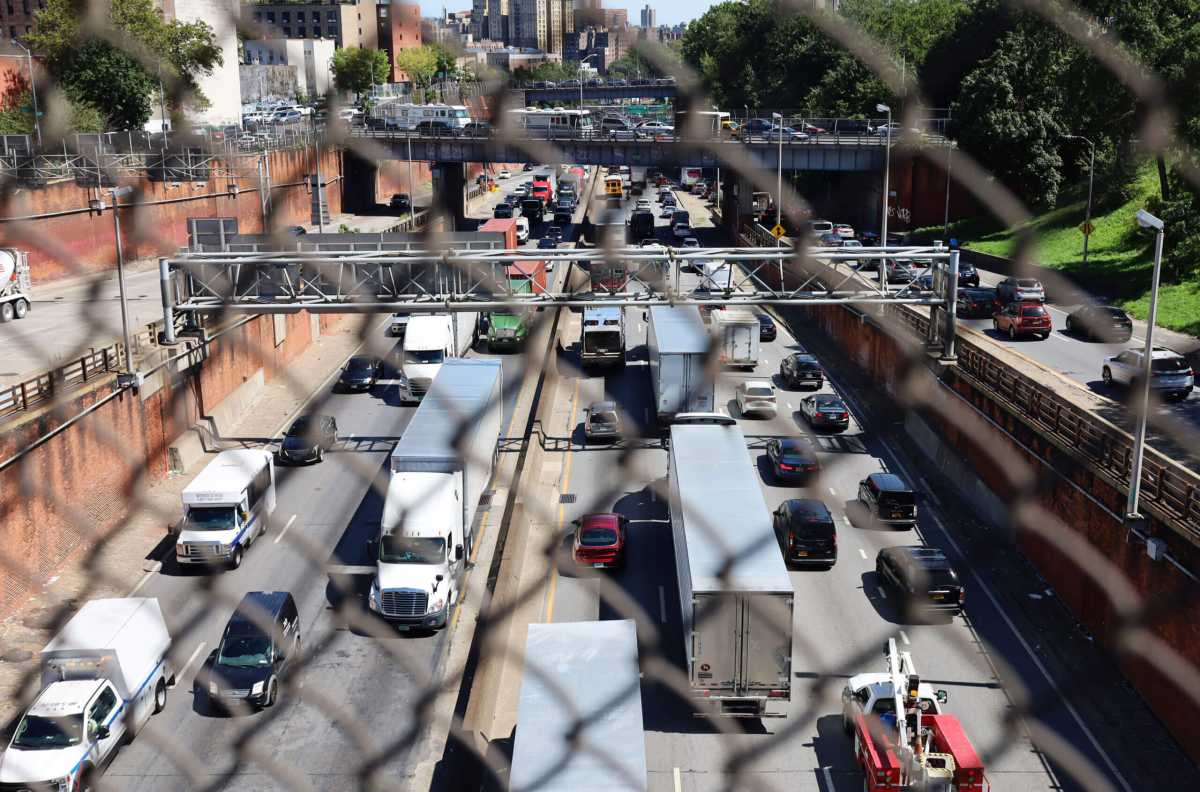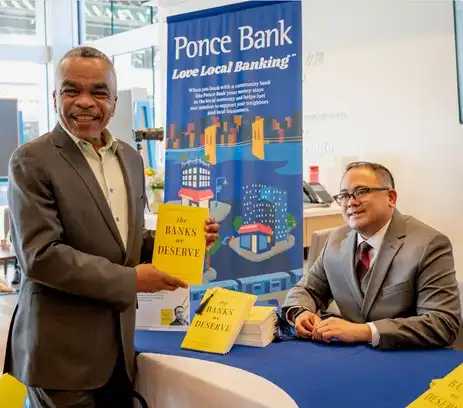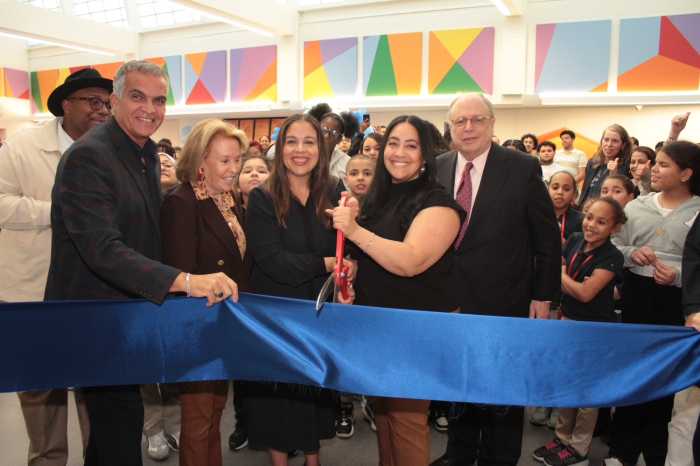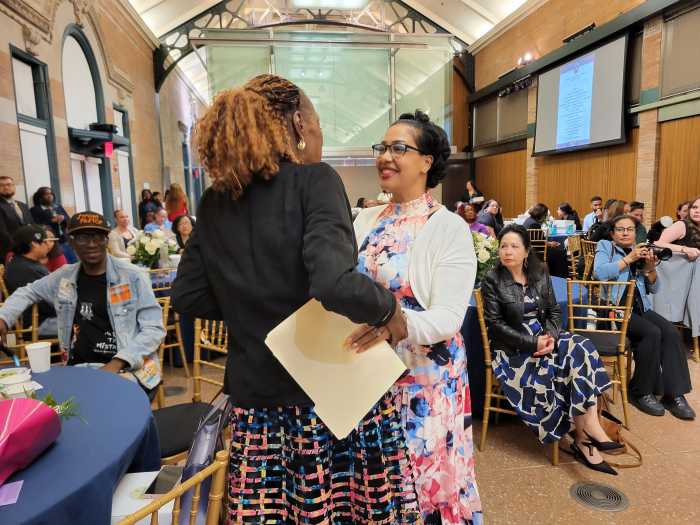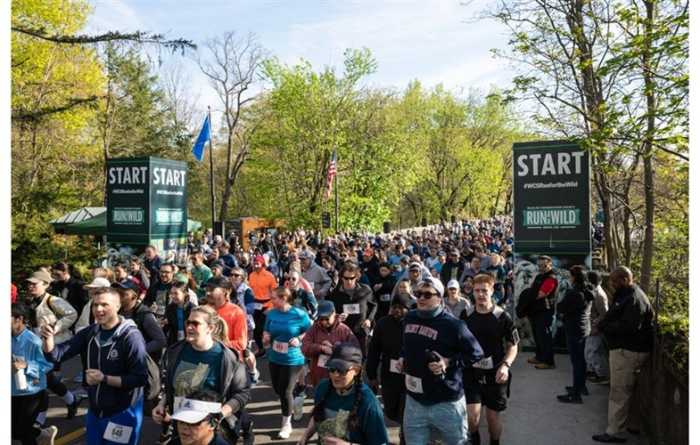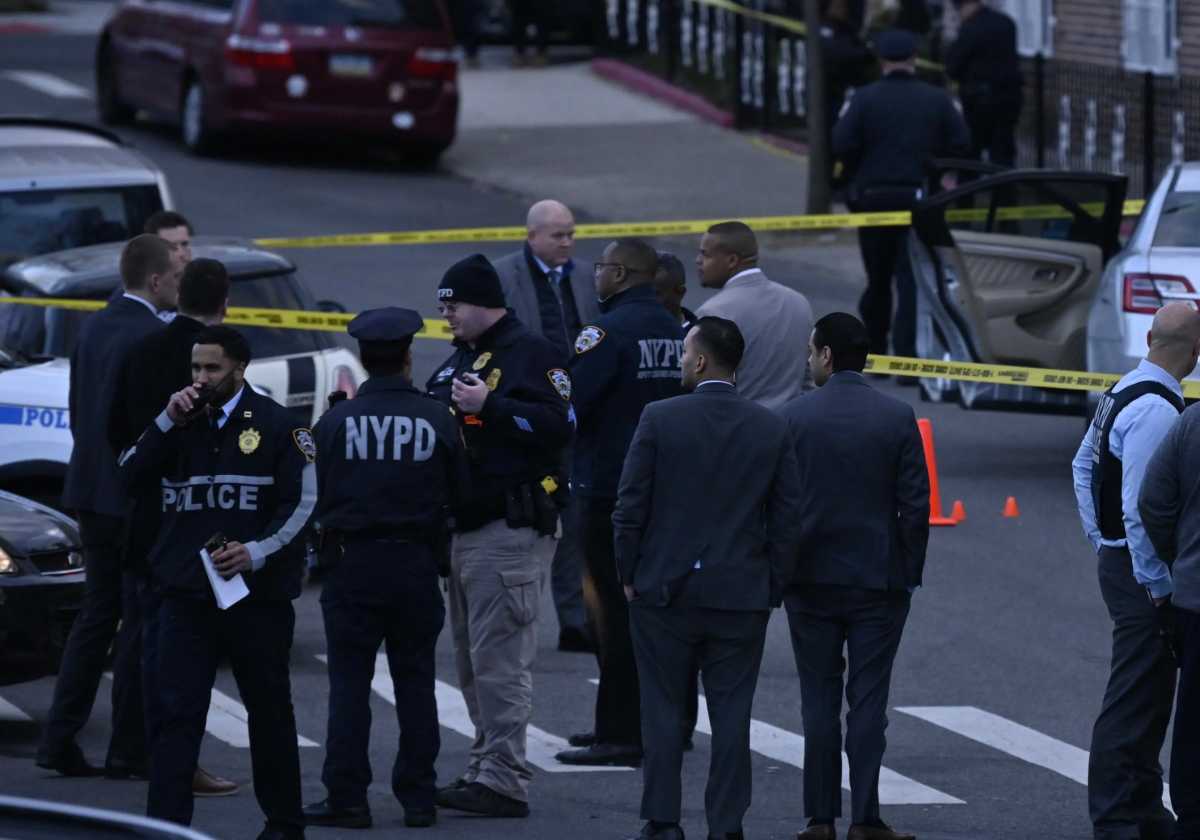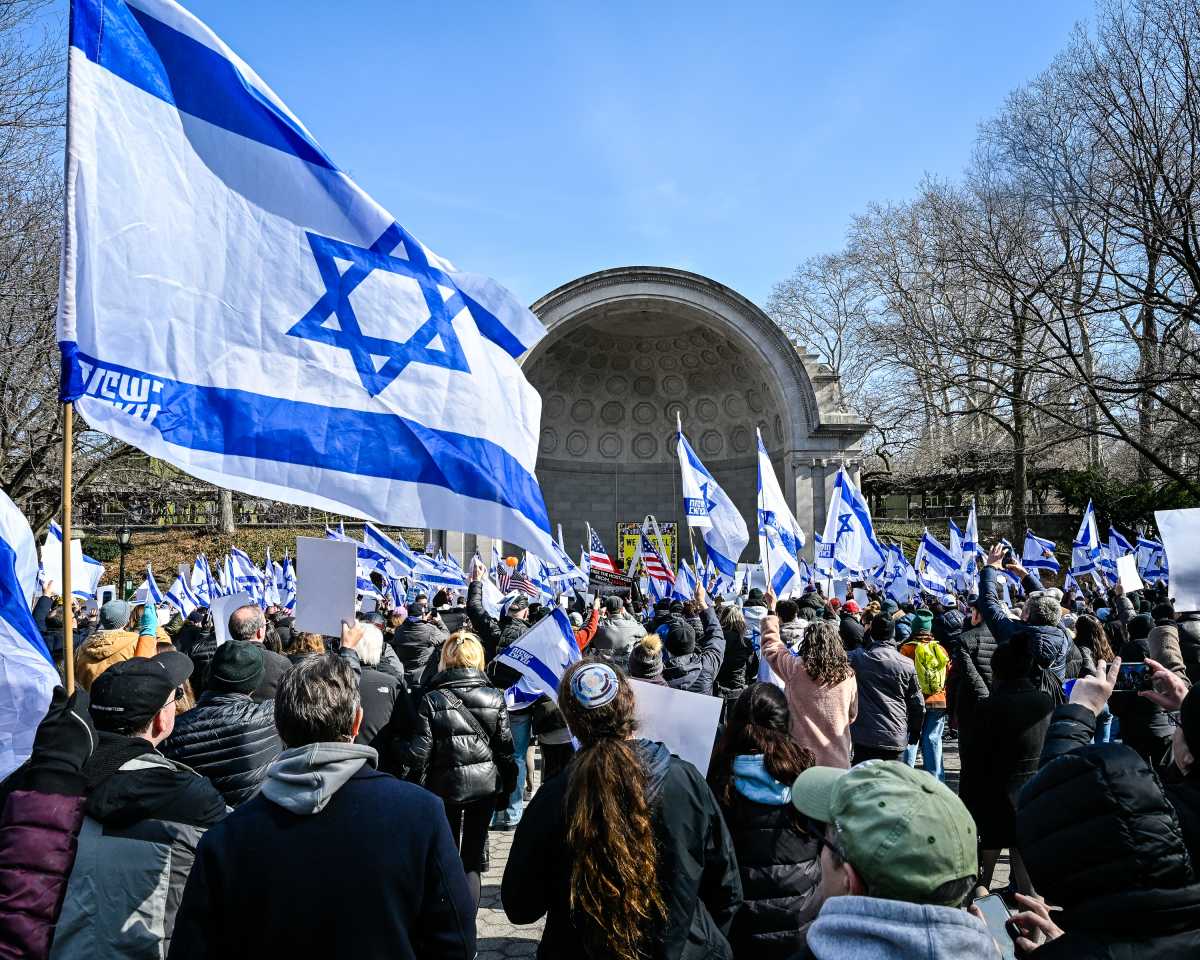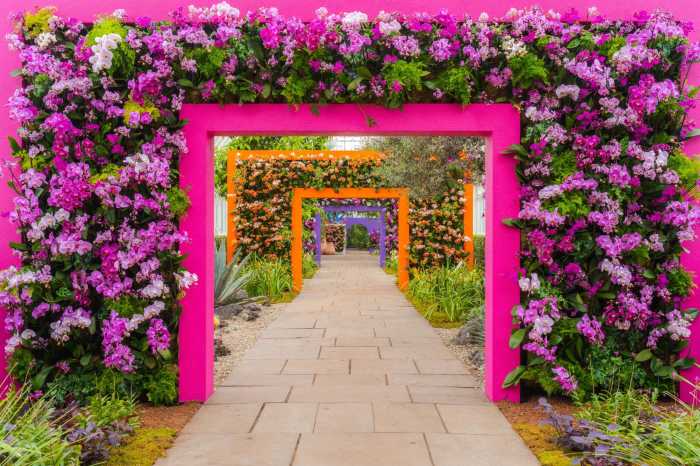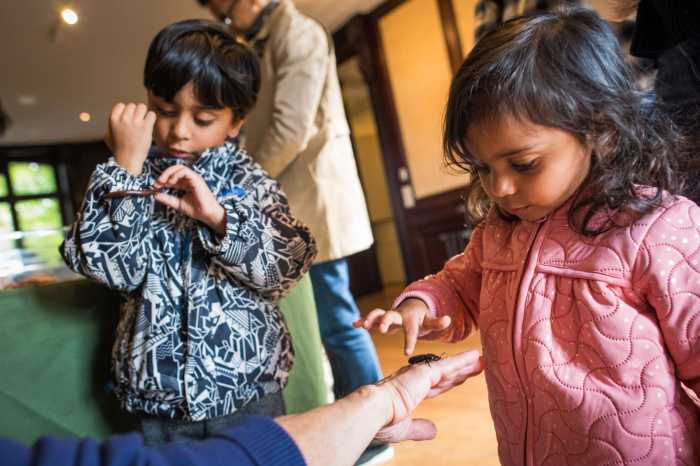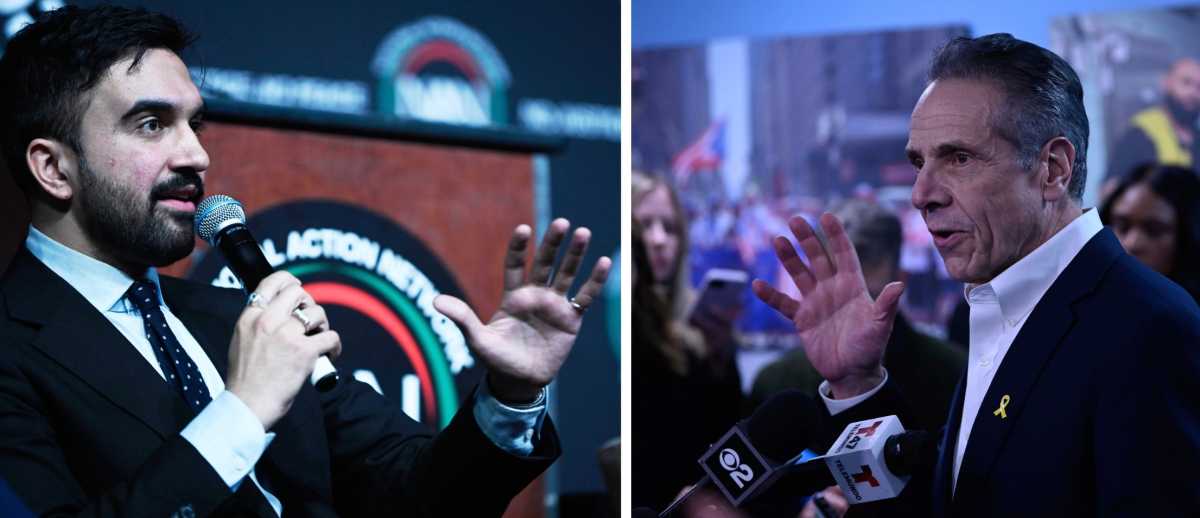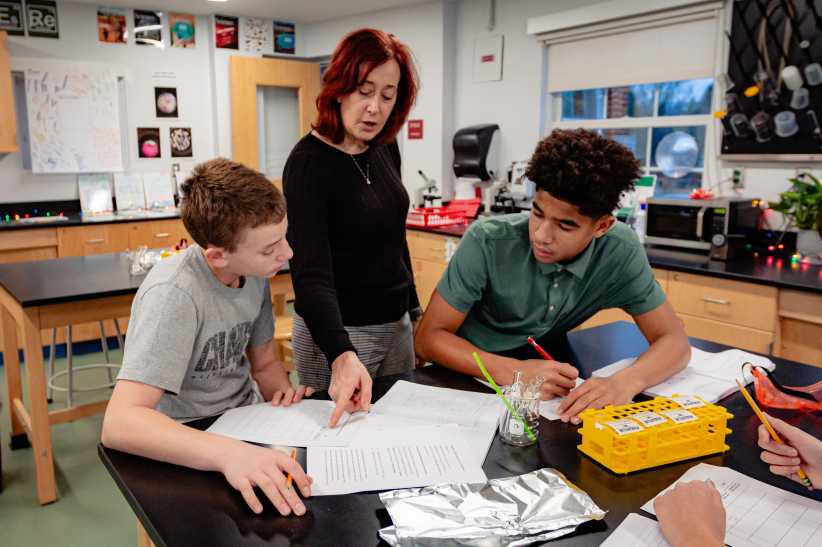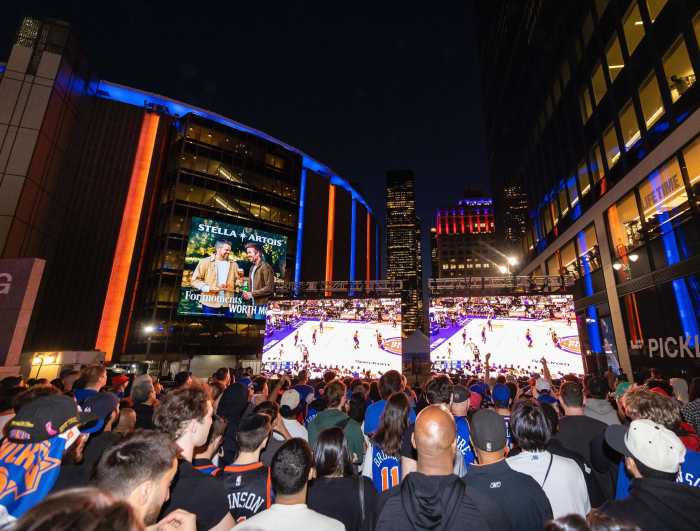Bronxites are weighing in on the transformation of the Cross Bronx Expressway, a roadway notorious for causing air pollution, low connectivity, poor traffic safety and other harmful effects on people living within its corridors.
Two new reports released June 4 shed light on the first phase of a study launched in 2022 to “reimagine” the Cross Bronx, during which 900 residents provided input over five months to identify — down to the intersection level — nagging problems experienced by those who live, work and travel on and near the Cross Bronx.
Mayor Eric Adams’ administration launched the study in December 2022, funded by a $2 million federal grant. Multiple agencies — NYC Department of Transportation (NYC DOT), Department of Health and Mental Hygiene (DOHMH), Department of City Planning (DCP) and the state Department of Transportation — convened as the Study Team to identify specific problems caused by the roadway and gather residents’ input on potential solutions.
“Residents of neighborhoods surrounding the Cross Bronx corridor are overburdened and underserved” due to historical and present-day inequities — and the expressway is just one such problem, according to the team’s report.
Since construction of the Cross Bronx began in 1948, Bronxites have felt the pain.
The 4.5-mile segment of Interstate 95 — conceived by urban planner Robert Moses — cut the borough in half from east to west. Its construction lasted until 1972 and displaced thousands of residents, disconnected neighborhoods and disproportionately left South Bronx residents with harmful health effects such as asthma.
“[T]here’s always the hidden concern about what happens with people being constantly exposed to the kind of pollutants surrounding them, which we are not really aware of. What is it doing to everybody? … What’s the toll?” said Marie McCullough, a South Bronx resident quoted in the newly-released report.
Currently, the Cross Bronx is one of the most congested and unsafe interstates in the nation, according to the report — and improvements aimed at undoing past injustices have attracted federal investment.
In January, Governor Kathy Hochul announced a $150 million federal grant to begin improvements to the Cross Bronx, including a bike- and pedestrian-friendly connector that will provide a direct link between Starlight Park and the Bronx River Greenway and better street connections between both sides of the Bronx River.
Several elected officials and community groups have long advocated for “capping” sections of the Cross Bronx, which refers to covering the road with a public green space to dampen noise and pollution and provide greater connectivity between neighborhoods.
U.S. Reps. Alexandria Ocasio-Cortez and Ritchie Torres, who represent parts of the South Bronx, have both pushed for capping measures — and Torres’ office told the Bronx Times in January that the Cross Bronx is his top infrastructure priority.
‘Vision for the future’
In the effort to plan the future of the expressway, the perspectives of Bronxites “play a vital role,” according to the report.
The study area spans a wide area of the Bronx, encompassing five community boards (3, 4, 5, 6 and 9) and spanning from the Harlem River to Westchester Creek, plus half a mile surrounding the Cross Bronx — meaning that many Bronxites have a stake in its future.
The study said that while the team has heard concerns about preserving community legacy and character through future development projects, the effort as a whole aims to “memorialize the historical and contemporary legacy of the Cross Bronx, while thinking expansively about its future.”
“Communities thrive when residents can come together and shape their vision for the future,” DOHMH Commissioner Dr. Ashwin Vasan said in a statement announcing the newly-released reports.
The 70-page Engagement Summary Report outlined the Study Team’s various means of gathering public input over five months in 2023, which included a virtual meeting, workshops, walking tours (“walkshops”), an online survey and a bike tour. Comments from these sessions, combined with the team’s research, are now informing the next phase of the work: concept development.
The Study Team is partnering with community organizations — including the Bronx River Alliance, Morris Park BID, BronxWorks and more — to help engage as many residents as possible. Bronxites can also give feedback at upcoming public events such as National Night Out and Summer Streets.
What are residents saying?
A survey of 350 respondents indicated that nearly 50% were concerned about “unsafe, poorly lit and dirty streets” in the Cross Bronx corridor, with air pollution ranking second at about 40%.
Residents reported that their communities were generally unpleasant and difficult to walk around — and although the Study Area is home to 66 parks and playgrounds, those spaces often feel unsafe for locals.
Complaints ranging from poor street connectivity to trash on the ground to dim lighting prevent many residents from using eco-friendly means of transportation such as walking or biking— and also limit opportunities for recreation and jobs, according to the findings.
Other major concerns highlighted in the report include:
- Freight travel accounts for 1 in 5 vehicles on the Cross Bronx, contributing to air pollution and noise
- East-west transit — served only by buses — is slow and crowded
- Street connectivity is limited, and lanes for bikes and pedestrians are inconsistent
- The Study Team received over 500 comments indicating that noise and air pollution are major concerns for many residents within the study area, with some residents indicating that they do not their windows at home
- Childhood asthma visits to the ER — and rates of adult obesity and diabetes — are two to four times higher in the study area than the rest of the city
- The study area is hotter than the rest of the city — in some areas, by as much as 2 to 7 degrees
What’s next?
The study team will spend the summer gathering more community input to formulate ideas for short- and long-term investment in Cross Bronx improvements and identify more issues for potential research.
Some of the ideas could become specific concepts to be developed and refined between now and fall, and a set of finalized concepts will be released this winter.
Those affected by the Cross Bronx are encouraged to attend the next in-person workshop at P.S. 106 in Parkchester (1514 Olmstead Avenue) from 2 to 5 p.m. on Saturday, June 8.
There will also be a virtual meeting on Thursday, June 13 at 6:00 p.m. Pre-registration is required.
To see the full reports, along with other information from the study and more upcoming events, visit nyc.gov/crossbronx.
Reach Emily Swanson at eswanson@schnepsmedia.com or (646) 717-0015. For more coverage, follow us on Twitter, Facebook and Instagram @bronxtimes

